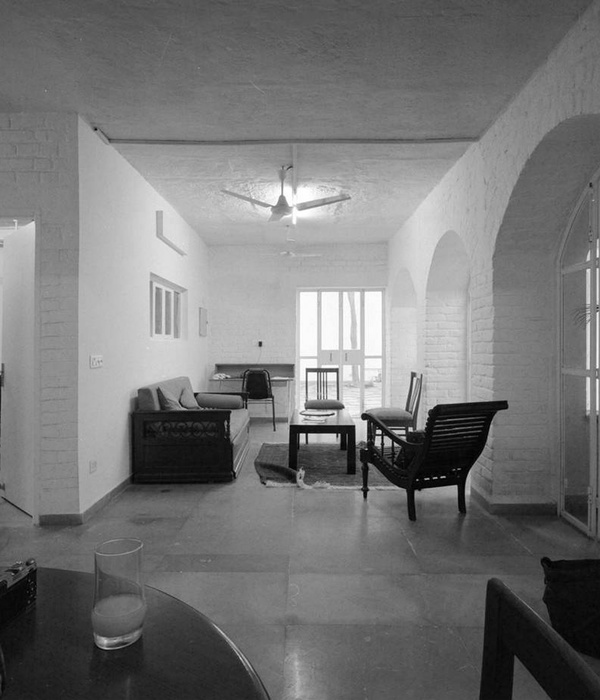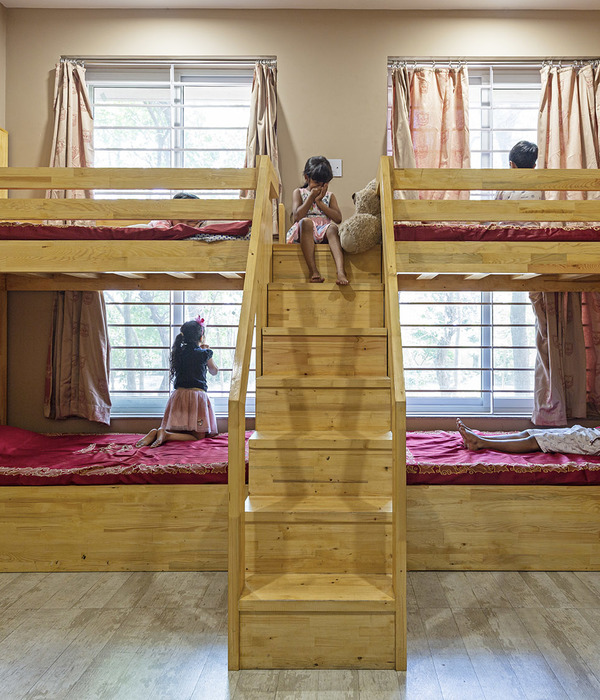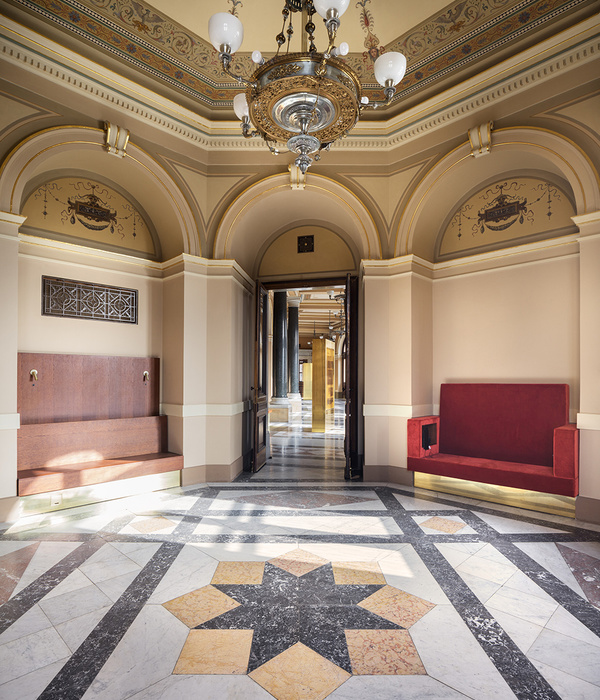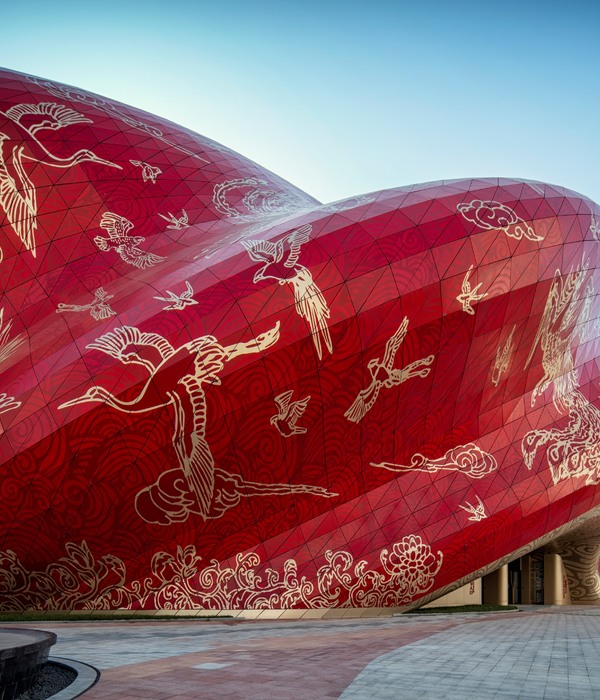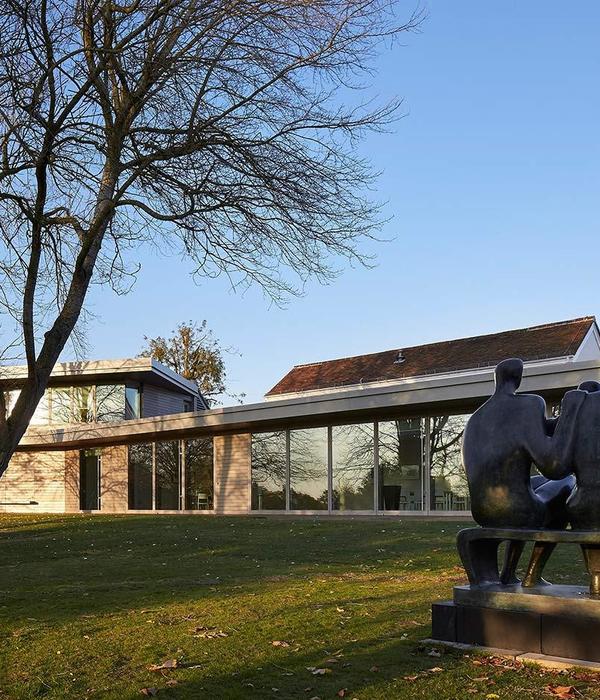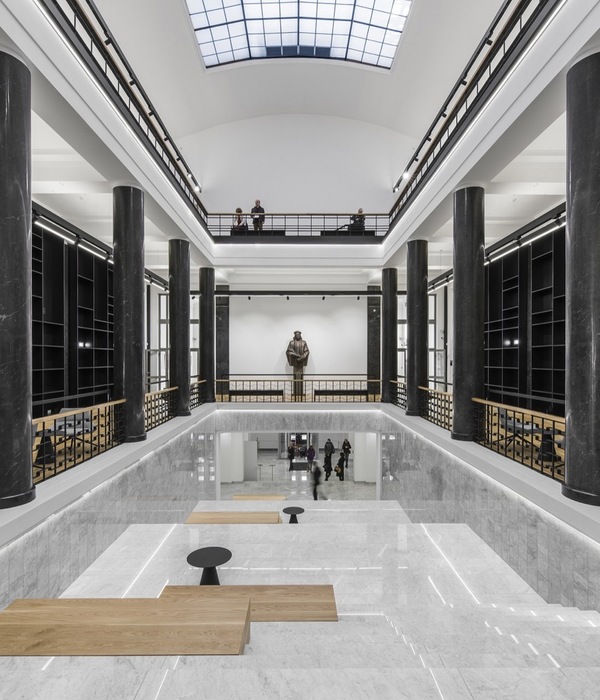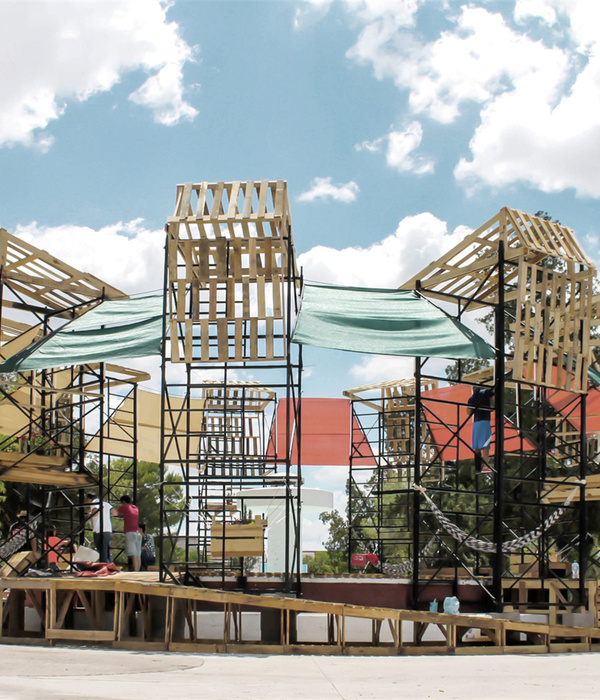The Story of Gardening museum has been awarded a RIBA National Award 2021, a RIBA South West Sustainability Award 2021, and the Newt in Somerset have received the RIBA South West Client of the Year 2021.
The Estate includes gardens, cider production, visitor facilities, hotel and a restaurant. The Story of Gardening is intended to encourage visitors to explore further afield than the nucleus of visitor facilities around the historic walled garden.
The Story of Gardening is set underground with a long glazed elevation opening onto the adjacent woodland. The roof of the museum is grassed and is inhabited by the Estate deer herd. This ensures that the Museum has as low a visual impact as possible as one approaches it.
The experience of approaching the The Story of Gardening is dramatic. The woodland floor descends from the museum forming a dell at a lower level. This topography provides the setting for a tree-top walkway. The walkway, called “The Viper”, starts its journey at the museum roof level and winds its way down through the trees. The visitor approaches it at the northern end of the museum and walks through the tree canopies towards the museum entrance. As one wonders through the trees, immersed in the flora and fauna of the woodland, views of the museum are glimpsed through the leaves and branches at canopy level.
"Distracted as you are by the treetops themselves, the revealing of the glazed facade of museum out of the side of the dell is all the more surprising for the fact that it’s done by degrees, a twist on the traditional Ha-Ha. The glazing, close to the woods, behaves like an invisibility cloak, the building’s principal elevation reflecting the treescape and stealthily hiding what is effectively a concrete bunker." RIBA Journalist Jan-Carlos Kucharek
On arrival at the museum entrance the walkway splays out to form a terrace and the museum reveals itself. Full height glazing to the front elevation is minimal and elegant. During the day-time the woodland is reflected in the glazing. 5m high glazed sliding doors open to present the visitor reception and cafe.
The drama of arrival at the The Story of Gardening is set up by the juxtaposition of a civic public space which is located in a secluded woodland setting.
The permanent exhibition at the museum operates as an integral facet of The Newt in Somerset garden visit. It offers the opportunity to engage in a deeper exploration of the central theme of the estate, the garden. The exhibition considers the history of gardening from biblical Eden through to today’s popular culture of gardening. It explores the microscopic world of botany and showcases the technology of gardening and the tools and techniques that have been developed through centuries to the present day.
All the while, whilst enjoying the exhibition and the museum, the visitor can look back outside through the glazed elevation to the woodland right outside.
The interior of the museum is a simple in-situ concrete shell. The cafe and restroom areas display a continental style “civic-ness” through the use of moulded ceramic tiles. This is complemented by a playfulness in metal coat pegs which are handcrafted by local blacksmiths in a natural waxed finish to the theme of garden tools, flowers and insects.
The southern wall of the museum, and the base to the glazed elevation are expressed inside and outside by the use of local Hadspen stone aggregate concrete. This material is being used elsewhere on the Estate and grounds the museum in its context.
The contents of the museum can exist in a robust environment. The internal environment of the museum is therefore more about sufficient fresh air and correct temperature for visitors than a perfectly controlled atmosphere more akin to other museums and galleries. This allows the cafe space to be an “in-between”environment where staff and visitors may decide to keep their coats on.
The environmental design of the museum utilises thermal mass from the in-situ concrete which lessons the cooling and heating load. A ground source heat pump with a horizontal ground array primarily feeds underfloor heating. A mechanical vent heat recovering system minimises the energy required to heat and cool air.
{{item.text_origin}}


